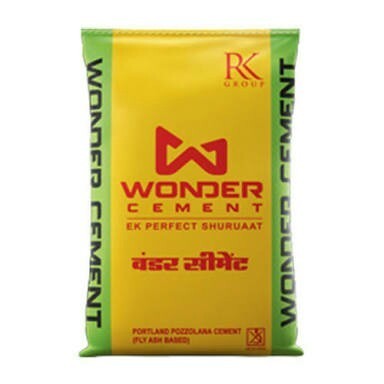WHAT IS CONCRETE?
Concrete, an artificial stone-like mass, is the composite material that is created by mixing binding material (cement or lime) along with the aggregate (sand, gravel, stone, brick chips, etc.), water, admixtures, etc in specific proportions. The strength and quality are dependent on the mixing proportions.
The formula for producing concrete from its ingredients can be presented in the following equation:
Concrete = Binding Material + Fine & Coarse Aggregate + Water + Admixture (optional)
Concrete is a very necessary and useful material for construction work. Once all the ingredients -cement, aggregate and water unit of measurement mixed inside the required proportions, the cement and water begin a reaction with one another to bind themselves into a hardened mass. This hardens rock-like mass is the concrete.
Concrete is powerful, easy to create and could be formed into varied shapes and sizes. Besides that, it is reasonable, low cost and is instantly mixed. It is designed to allow reliable and high-quality fast-track construction. Structures designed with the concrete unit of measurement plenty of durable and should be designed to face up to earthquakes, hurricanes, typhoons, and tornadoes. This is an incredible advancement. With all the scientific advances there are in this world, there still has not been the way of preventing nature’s injury.
Composition of Basic Concrete Mix
There are four basic ingredients within the concrete mix:
- Binding materials like cement or lime
- Aggregates or Inert Materials
- Fine aggregate (sand)
- Coarse aggregate (stone chips, brick chips)
- Water
- Admixture
Brief description of the concrete ingredients is given below.
Binding Materials
Binding material is the main element of a concrete mix. Cement is the most commonly used binding material. Lime could also be used. When water is mixed with the cement, a paste is created that coats the aggregates within the mix. The paste hardens, binds the aggregates and form a stone-like substance.
Aggregates
Sand is the fine mixture. Gravel or crushed stone is the coarse mixture in most mixes.
Water
Water is required to with chemicals react with the cement (hydration) and to supply workability with the concrete. The number of water within the combine in pounds compared with the number of cement is named the water/cement quantitative relation. The lower the w/c quantitative relation, the stronger the concrete. (Higher strength, less permeability)
Types of Concrete Mix
Concrete is employed for various projects starting from little homemade comes to large subject field buildings and structures. It is used for sidewalks, basements, floors, walls, and pillars at the side of several alternative uses. Many sorts of concrete are utilized in the development works.
Based on the variations in materials and purposes, concrete can be classified into three basic categories-
1. Lime Concrete
2. Cement Concrete
3. Reinforced Cement Concretes
Generally, there are four concrete sorts to settle on from counting on the work done. Such as-
1. Dry Ready Mix
2. Ready Mix
3. Bulk Dry Materials
4. Transit Mix
There are other various types of concrete for different applications that are created by changing the proportions of the main ingredients. Such as:
- Regular Concrete
- High-strength Concrete
- Stamped Concrete
- High-Performance Concrete
- Self-consolidating Concretes
- Vacuum Concrete
- Shotcrete
- Roller-Compacted concrete
- Glass Concrete
- Asphalt Concrete
- Rapid Strength Concrete
- Polymer Concrete
- Limecrete
- Light-Transmitting Concrete
REFERENCE TAKEN FROM https://CIVILTODAY.COM


